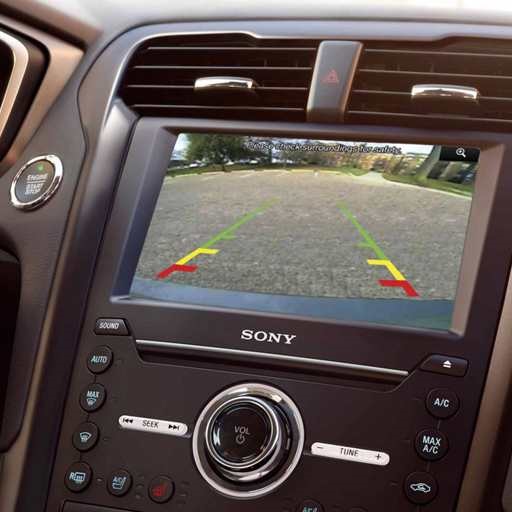Cars and Drivers
Rearview Cameras Now Required Equipment on US Cars

Published:
Last Updated:

Earlier this week, a new federal safety requirement took effect. All U.S. light vehicles (cars, pickups and crossover/sport utility vehicles weighing less than 10,000 pounds) must be equipped with a rearview camera to help drivers see behind the vehicle.
The National Highway Traffic Safety Administration (NHTSA) announced the rule four years ago and the Insurance Institute for Highway Safety (IIHS) estimates that 97% of all new light vehicles sold in the United States are equipped with the cameras.
CNN.com notes that the most recent numbers available from the NHTSA indicate that backup accidents cause 210 fatalities and 15,000 injuries per year in the United States. More than 30% of the people who die are children under 5, and more than a quarter are seniors 70 or older.
An IIHS report from 2014 estimated that 292 people were killed and 18,000 injured annually by drivers who back into them. Rearview cameras reduce blind spots by as much as 90%, according to the report.
In 2014 the cost to install an aftermarket rearview camera and monitor was significant. Auto industry website Edmunds.com came up with the following estimate:
As an extra-cost option, a rearview camera could cost more than $3,000 in 2014 because it typically required an option upgrade package as well as the camera package. The NHTSA estimated that the cost of the camera alone should have dropped to around $45 by now.
A recent review by Car and Driver of the 2018 BMW 5 Series notes that the car does not come with a rearview camera as standard equipment. The buyer will pay more than $1,000 for the system because it is bundled with another option. That gives a rough idea of what it might cost a manufacturer to include the camera as standard equipment — i.e., not very much.
The last few years made people forget how much banks and CD’s can pay. Meanwhile, interest rates have spiked and many can afford to pay you much more, but most are keeping yields low and hoping you won’t notice.
But there is good news. To win qualified customers, some accounts are paying almost 10x the national average! That’s an incredible way to keep your money safe and earn more at the same time. Our top pick for high yield savings accounts includes other benefits as well. You can earn up to 3.80% with a Checking & Savings Account today Sign up and get up to $300 with direct deposit. No account fees. FDIC Insured.
Click here to see how much more you could be earning on your savings today. It takes just a few minutes to open an account to make your money work for you.
Thank you for reading! Have some feedback for us?
Contact the 24/7 Wall St. editorial team.